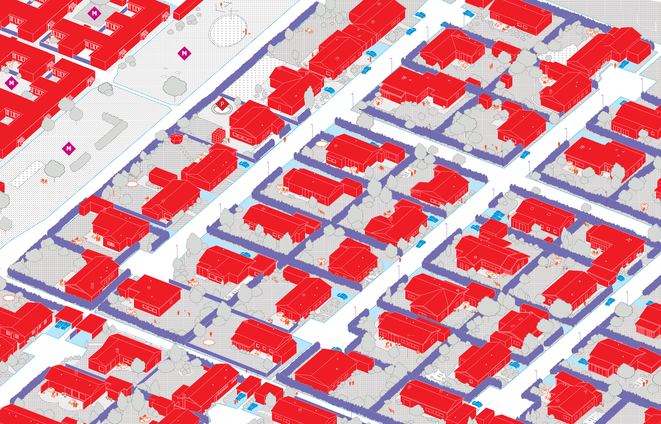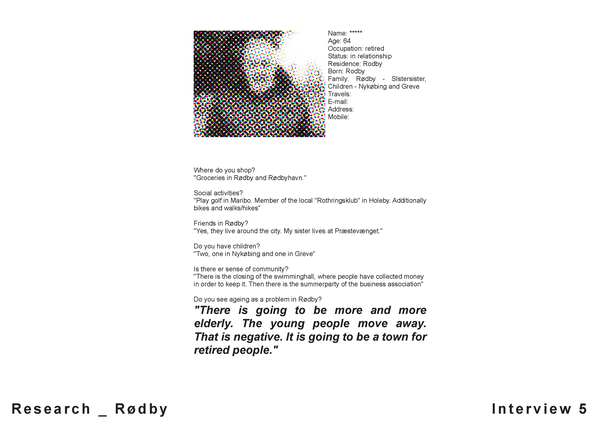Spatial-demography semester
The master program Urbanism and Societal Change at the Royal Danish Academy of Fine Arts, School of Architecture aims to comprehend the impacts on architecture and urbanism of various dynamics regarding contemporary societal transformations. This 2015 spring semester, the program is working with the theme of spatial-demography, addressing demographic transformations on and within the Nordic city, focusing in particular on population ageing in the context of the Copenhagen region.
Spatial-demographic discourse within architecture and urban studies has tended to focus on the presentation of quantitative statistical data describing characteristics of urban populations such as density, distribution, age, or income. With contemporary technologies (such as GIS, or geographical information systems) and access to wider digital information it becomes possible to better understand and visualize social and spatial-demographic conditions. Our interest is in both exploiting these possibilities, and supplementing them with more qualitative research examining the needs, preferences, desires, opportunities, challenges, concerns, dissatisfactions, etc. of urban citizens through interviews in various contexts, and in exploring a range of selected sites of investigation. It is the intention that with a deeper understanding of these various settings and contexts we can envision more appropriate and imaginative interventions.
The semester will open up a range of questions: for example, how does the vast majority of the suburban and exurban areas of the city, which have been designed largely with the nuclear family in mind, support an increasingly aged population, and meet the altered needs associated with this shift? How could design and planning react to the emerging clustering of like-age groups ageing-in-place in these environments?
This project runs in parallel to a research project on the theme of the ‘Multigenerational City’ funded by a grant from the Danish Ministry of Housing, Urban and Rural Affairs. This is a collaboration between the Royal Danish Academy of Fine Arts School of Architecture, and the architecture studios Arki_Lab and Terroir. In this constellation, we are fortunate to have the opportunity to interact in a network of professionals and implement a public dialogue on themes and issues that are extremely topical and vital to the immediate future of the city.
Visual references and materials produced during the current spring semester within the master program Urbanism and Societal Change at KADK:
Image 01 . From the research on the municipality of Gilleleje produced by Christine Li, Elin Hirsch, Mario Marsi Gundersen.
Image 02 . From the research on the municipality of Albertslund produced by Abbi Kusch, Ida Bjallerbæk Pedersen, Sofia Priisholm Petersen.
Image 03 . From the research on the municipality of Lolland produced by Benjamin Roland Arvid Jaeger, Liva Kreislere, Ziyi Wang.




